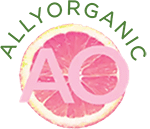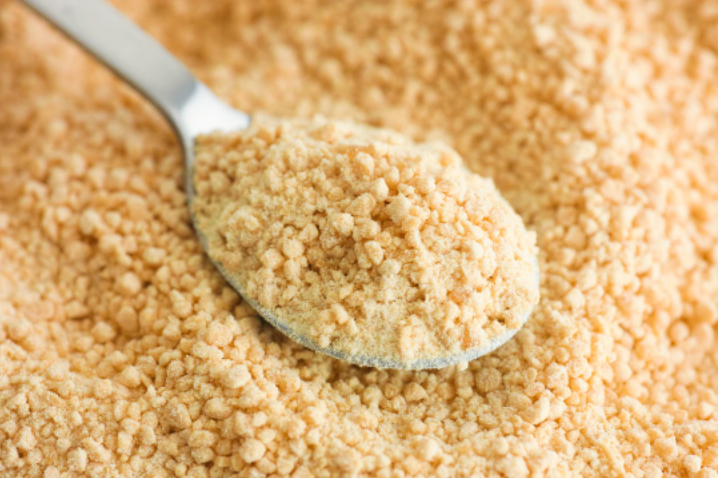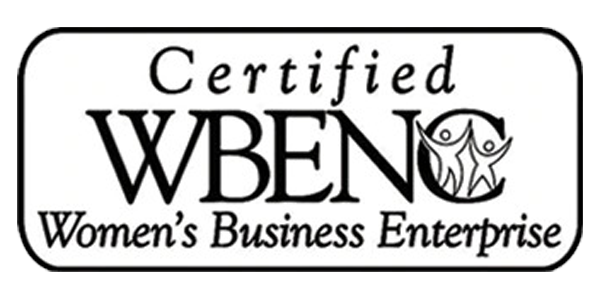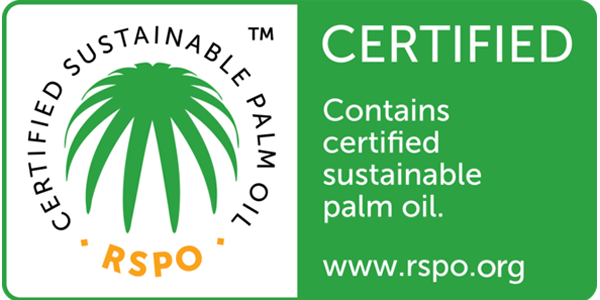What is Hydrogenated Lecithin?
Hydrogenated Lecithin is the product of controlled hydrogenation of lecithin. Lecithin is a naturally occurring mixture of the diglycerides of stearic, palmitic, and oleic acids, that’s linked to the choline ester of phosphoric acid, phosphatidylcholine. Lecithin can be found in all living organisms and is a predominant component of nervous tissue. It’s produced commercially from three different sources: egg yolk, soybean, and synthetically derived from basic chemicals as well as corn.
Hydrogenated Lecithin has all the good qualities of natural lecithin, yet its stability is greatly improved. There’s a balance between the amount of phosphatidylcholine present, the melting point of hydrogenated lecithin, and the difficulty in getting the product to smoothly disperse in water. As the phosphatidylcholine level goes above 50 percent, the product becomes very difficult to work with.
What is Ally-Lecithsol?
Ally-Lecithsol is derived from soybean. Since in today’s world it’s virtually impossible to source guaranteed non-GMO soybeans, Ally-Lecithsol likewise cannot be guaranteed to be non-GMO. Ally-Lecithsol, hydrogenated lecithin, self-emulsifies to form stable dispersions/colloidal solutions when adequately mixed in water between 60–80°C. It’s capable of carrying a fairly large concentration of other oils into such stable dispersions.
Uses of Ally-Lecithsol
Ally-Lecithsol perform well in most cosmetic emulsions as a surfactant and/or co-solubilizer. It’s used successfully in virtually all types of cosmetic emulsions at levels from 1–5% by weight and enhances the appearance of dry or damaged skin by reducing flaking and restoring suppleness. It improves the homeostasis of the skin and is non-irritating which makes it ideal for sensitive and damaged skin. Hydrogenated lecithin has been shown to increase both the total amount of percutaneous absorption and the absorption rate of anti-inflammatory materials such as stearyl glycyrrhizinate.¹
Hydrogenated lecithin from soy is used primarily as an emulsifier but also features moisturizing properties. It helps to stabilize the barrier layer of the skin and restructure the skin’s natural properties. Ally-Lecithsol is ideally suited for non-greasy, mattifying emulsions with high protective nature and water repellency, as desired, for instance, in the manufacture of hand creams. It’s also often used as a skin softener in foot creams to make rough skin luxuriously soft.²
Hydrogenated lecithin has been found to be safe in leave-on products when used up to 15 percent.³ Because of the possibility of nitrosamine formation, hydrogenated lecithin shouldn’t be used in cosmetic products in which N-nitroso compounds may form. Non-ionic emulsions or anionic emulsions that don’t use amines at all are therefore preferred.
| Product Name: | Ally-Lecithsol |
| Product Code: | 1077-HL |
| INCI name: | Hydrogenated Lecithin |
| Origin: | Derived from soy lecithin |
| Production method: | Full hydrogenation of natural soy lecithin |
| CAS No.: | 93685-90-6 |
| EINECS No.: | 297-639-2 |
| Microbiology: | Total bacteria count: ≤100cfu/g Total yeast and mold: ≤100cfu/g Pathogens: none detected |
| pH: | Not applicable |
| Shelf life: | Unopened,12 months from date of manufacture |
| Storage: | Store in a cool, dry place, away from sunlight |
Typical analytical results:
(Not to be used as specifications)
| Appearance | White to pale yellowish powder |
| Odor | faint, characteristic |
| Acid value | ≤ 40 |
| Iodine value | ≤ 10 |
| Loss on drying | ≤ 2.0% |
| Residue on ignition | ≤ 9.0% |
| Heavy metals | ≤ 20ppm |
| Arsenic | ≤ 2ppm |
| Acetone soluble | ≤ 5.0% |
| Xylene soluble | ≤ 0.30% |
| Phosphatidylcholine | 26 – 34% |
Ally-Lecithsol is one of our many natural products perfect for many cosmetic items. If you wish to know more about Ally-Lecithsol, get in touch with one of our team members. You may also check out more of our products to get everything you need in one place!
References
- C Puglia, L Rizza, A Offerta, F Gasparri, V Giannini, F Bonina. Formulation strategies to modulate the topical delivery of anti-inflammatory compounds. Journal of Cosmetic Science 64, 10/22/2014
- H Käfer. Natural Cosmetic Raw Materials, Linz, Freya Verlag, 3rd Edition 2012
- Z Fiume. Final report on the safety assessment of Lecithin and Hydrogenated Lecithin. International Journal of Toxicology. 2001;20 Suppl 1:21-45.







